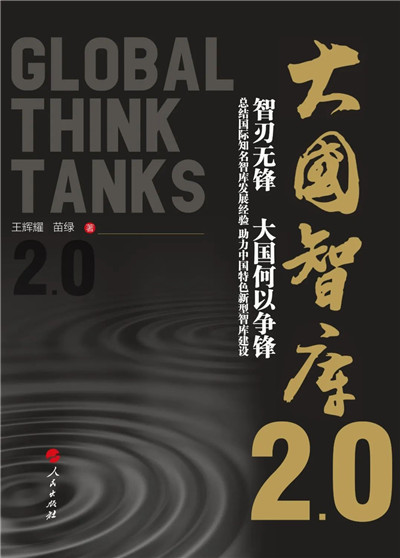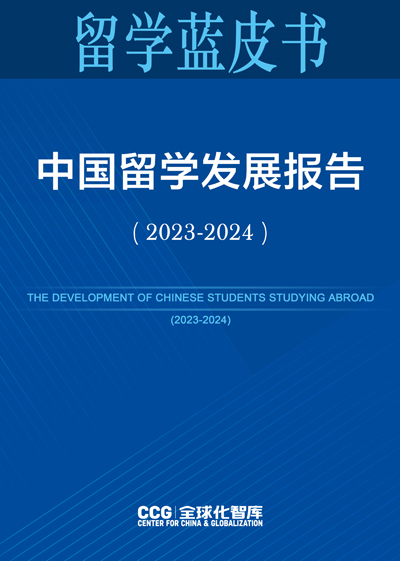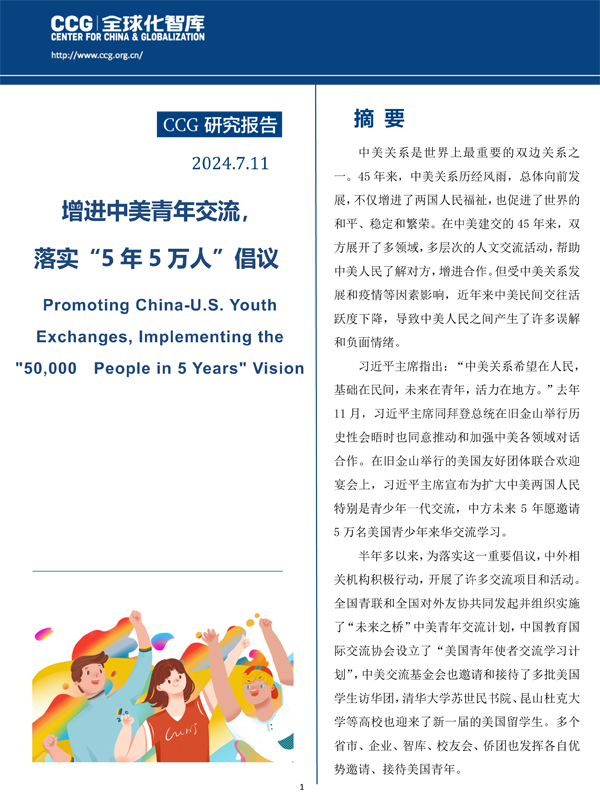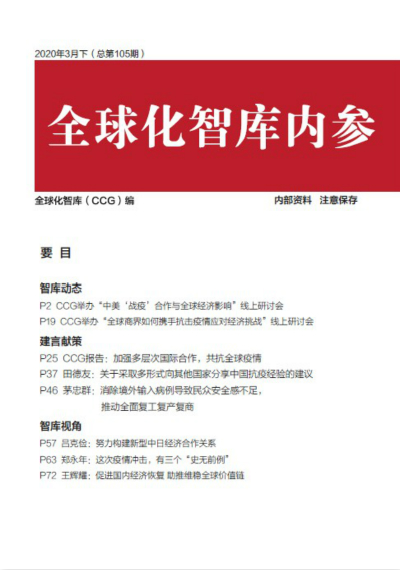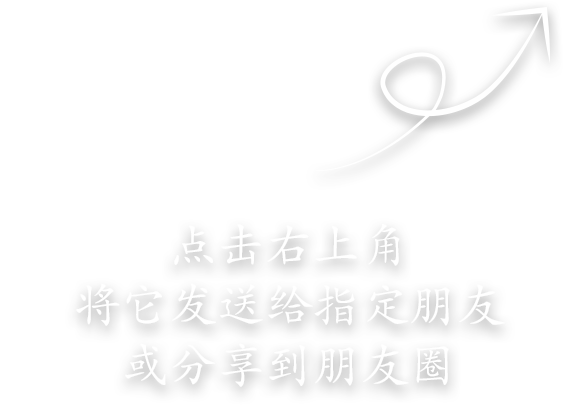Foreword One
Foreword Two
Chapter 1 Current trends and features of outbound investment worldwide
1.1 Outline
1.2 The current situation and features of outbound investment worldwide
1.2.1 The largest drop in global FDI levels in recent years
1.2.2 FDI flows to developed economies fluctuated but flows to developing economies remained stable
1.2.3 Cross-border M&A and greenfield investment
1.2.4 International policy trends toward liberalization and investment facilitation
Chapter 2 Current Trends and Features of China’s OFDI
2.1 China’s OFDI decreases for the first time as policies rationalize the go-global movement
2.2 OFDI destinations diversify, with rapid growth in Europe and Africa
2.3 China’s OFDI covers many sectors, with particular increases in manufacturing, wholesale and retail, and finance
2.4 Overseas M&As by Chinese enterprises grow but fluctuate
2.5 Participation in the BRI by Chinese firms benefitted host countries
Chapter 3 Problems Faced by Globalizing Chinese Enterprises and Proposed Solutions
3.1 Legal Risks
3.1.1 Current situation: Enterprises “going global” face high legal risk and often rely on poor local legal services
3.1.2 Causal analysis: Lack of corporate legal awareness and insufficient international legal talent
3.1.3 Suggested Solutions
3.2 Political Risk
3.2.1 Current situation: Increasing frequency of geopolitical incidents and damage to overseas corporate interests
3.2.2 Causal analysis: Lack of preparatory intelligence gathering and an imperfect system of protective policies
3.2.3 Suggested solutions
3.3 Chinese investment in the US under the China-US trade issues
3.3.1 Current situation: Problems facing Chinese investment in the US under the China-US trade Issues
3.3.2 Causal analysis: Structural problems caused by rapid development of the global economy, skewing of China-US trade deficit under traditional statistical methods, and changes in domestic and international politics
3.3.3 Suggested Solutions
3.4 International Standard Setting
3.4.1 Current situation: Low-level of involvement in international standard setting
3.4.2 Causal analysis: Insufficient talent, technology and funding lead to weaknesses in the content and translation of standards
3.4.3 Suggested solutions
3.5 Internationalization of Chinese brands
3.5.1 Current situation: Chinese brand internationalization strategies face obstacles
3.5.2 Causal analysis: Lack of brand awareness, association and strategy
3.5.3 Suggested solutions
3.6 Talent Internationalization
3.6.1 Current situation: Chinese enterprises lack international talent
3.6.2 Causal analysis: Weak human resources management and cultivation
3.6.3 Suggested solutions
3.7 Enterprise Compliance
3.7.1 Current situation: Compliance is a critical component of Chinese enterprises’ internationalization
3.7.2 Causal analysis: Chinese enterprises are not familiar with overseas laws and take risks without having the necessary compliance mechanisms in place
3.7.3 Suggested solutions
Appendixes

